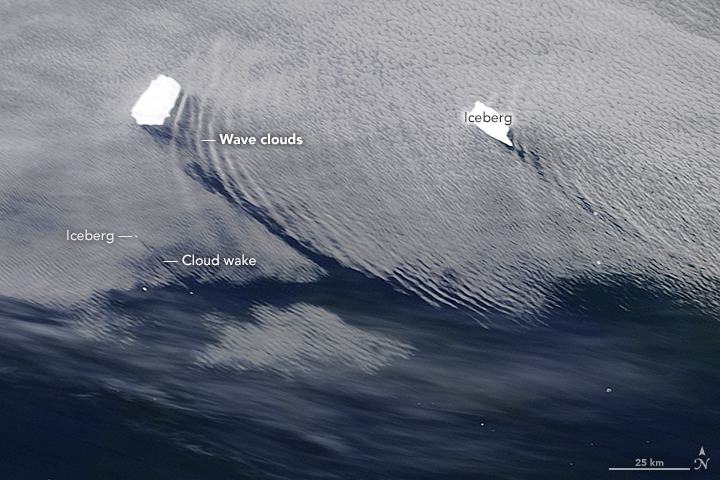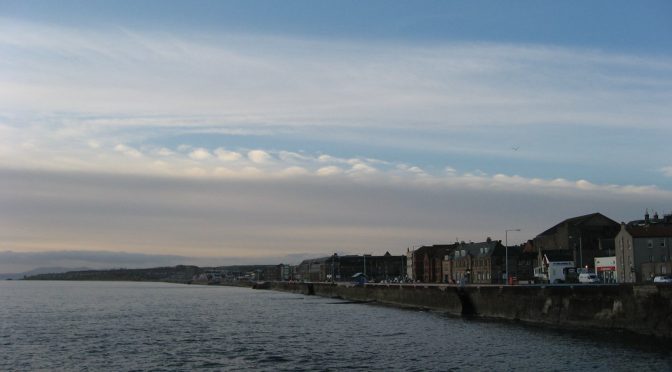Mesoscale waves: The role of orographic shape and atmospheric conditions
In unit 2, we so far just discussed the gravity, inertial and inertio-gravity waves in terms of their restoring forces. In this unit, we will discuss the atmospheric conditions permitting wave formation and the role of the orography in inducing the waves.

Learning goal
After successful completion of this unit the student is able to
- Explain the conditions under which lenticularis clouds form in response to gravity waves
- Explain when gravity waves turn into inertio-gravity waves
- Explain the role of the orography’s geometry for wave propagation
- Explain the role of atmospheric conditions for wave propagation and dissipation
- Calculate wave speed, amplitude and wave length (graduate students)
- Characterize wave propagation of wave activity, ducting and stability of waves (graduate students)
Students’ Tasks
By Thursday 2359 AKST please
- Watch this video on the role of mountain shape
- Watch this video on wave formation behind a mountain in a rotation fluid
- Watch this video on a Rayleigh-Bénard instability, aka as Rayleigh-Bénard convection
- Read Chapter 3 of this book
- Watch this video of a worked problem
- Read Chapter 4. to 4.2.3a (included) and 4.3 to 4.3.1 in Lin, Mesoscale Dynamics (Graduate students)
- Solve the problems assigned in this unit 3 task sheet at your class level and submit the scanned solution(s) to cmoelders@alaska.edu
Supplemental material (optional)
Test your knowledge in a fun way. When done, check your solutions for correctness here.
© Nicole Mölders | All rights reserved
